Healthy Choices
Your Home
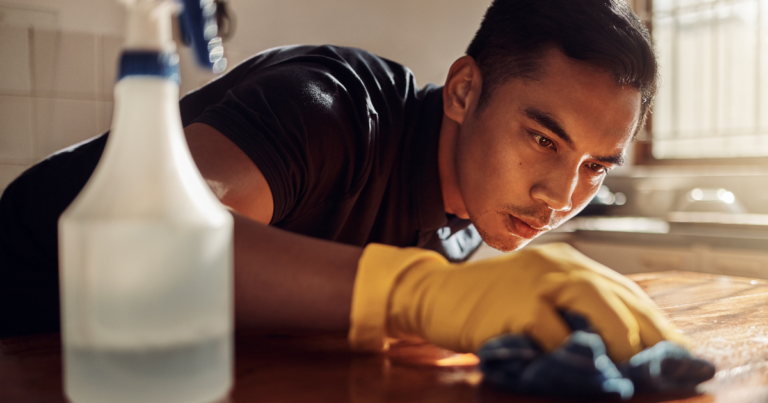
Get your house clean without using toxic cleaning supplies by following these tips for safer cleaning for both you and the environment.
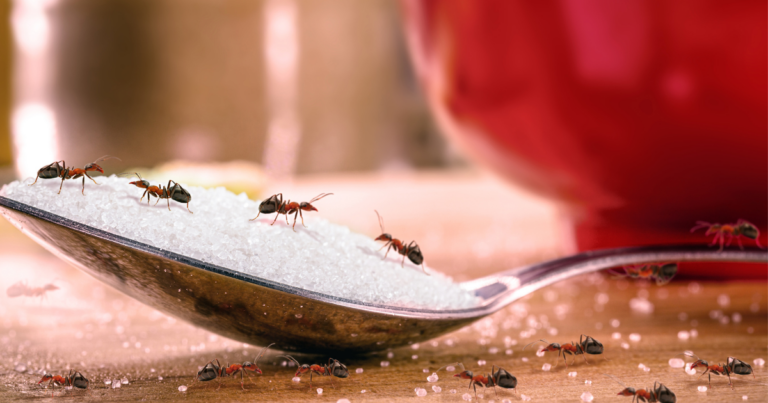
It’s summertime! Yellowjackets are circling the potato salad, fruit flies are feasting on the peaches on the counter, and an army of ants is marching towards your kitchen compost. Keep your sanity during the bug season while keeping your family safe from pesticides! These pests are bothersome but there are surprisingly effective ways to combat them without resorting to chemicals. Below are some basics on prevention and control measures.

You don’t have to sacrifice your health for effective protection from the weather. Here are Toxic-Free Future’s tips to extend the life of your outdoor apparel without exposing yourself to toxic PFAS!

Most people agree that eliminating toxic chemicals from the home is a healthy choice. Yet, one of the most common things I hear from friends (including my husband) is that going toxic-free is too expensive, especially these days when household budgets are tight. But a toxic-free lifestyle doesn’t have to be one that only a few can enjoy. There are many ways to protect our families from toxic chemicals without breaking the bank.
Nobody knows these easy, cheap tips better than Toxic-Free Future’s own staff and board. So we asked our coworkers and board members about their favorite low-cost tips to eliminate harmful chemicals in the home.

Children in at least 4 million U.S. homes are currently being exposed to high levels of lead. Exposure to lead can cause lifelong negative health effects in children, including brain damage and developmental delays. It’s very difficult to avoid every lead exposure because the chemical is used in so many things. We need policymakers […]
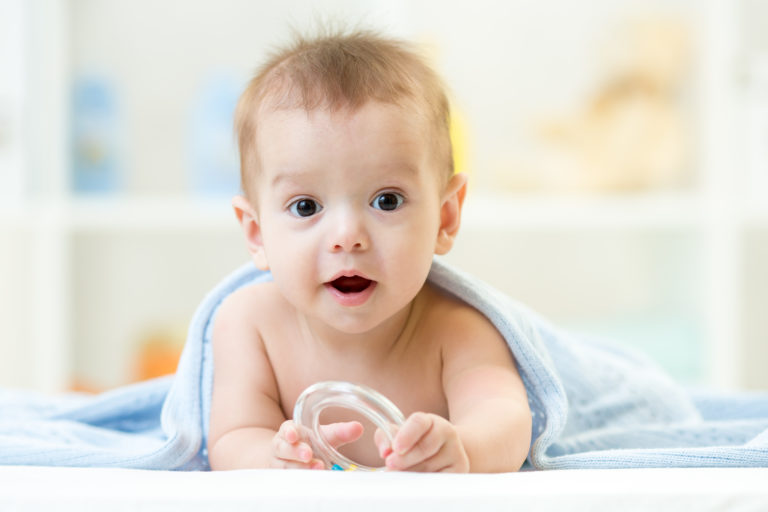
The US Consumer Product Safety Commission is warning consumers, especially pregnant women and young children, to avoid kids’ products, electronics, mattresses, and home furniture that contain certain toxic flame retardants, known as organohalogens.
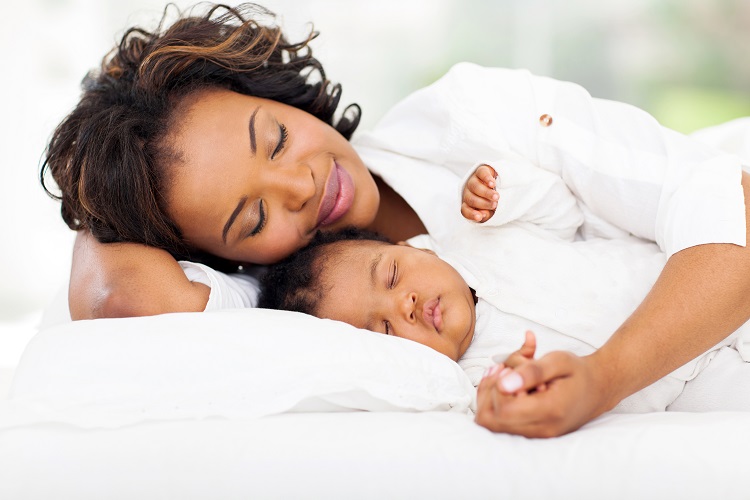
Read about choosing safer mattresses and changing pads.
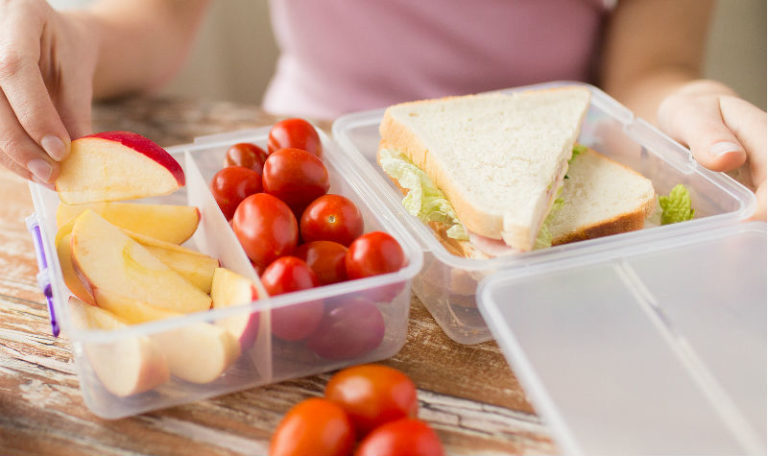
Plastics are everywhere—convenient, cheap, and nearly impossible to avoid. But they come with hidden costs. Many plastics contain harmful chemicals that leach into your food and drinks, increasing exposure to substances linked to health concerns. The good news? You can take simple steps to reduce your plastic use—especially in the kitchen—and choose safer alternatives that protect your health and the environment.
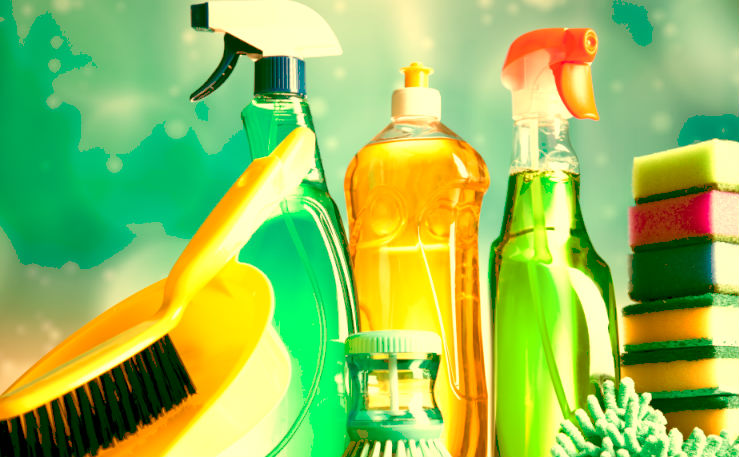
Common ingredients such as baking soda and liquid soap can be used for a host of jobs around the house. Try these recipes as alternatives to hazardous cleaning products!
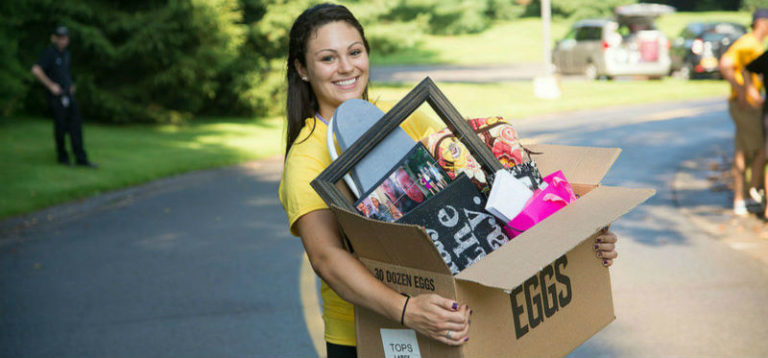
Families with college-age kids are checking off their Dorm Essentials lists and packing up the car for that iconic family event – College Move-In Day. Here are some tips to reduce your college student’s exposure to toxic chemicals in their new digs and making a healthy college dorm room for them.
